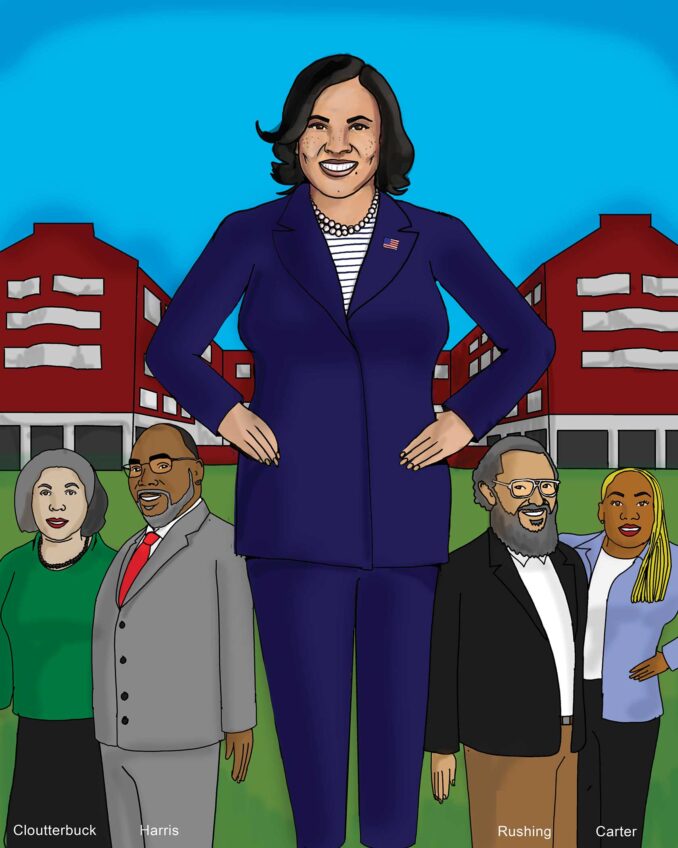
A sobering reality
Fifty years ago it was a serious stigma for a child to be born out of wedlock. The child carried the label “illegitimate” for life, and the social status of the mother declined. When the late Daniel Patrick Moynihan published in his 1965 study entitled “The Negro Family: The Case for National Action” that the 1963 illegitimate birth rate for blacks was 23.6 percent, this report unleashed a barrage of protests from black leaders. They objected to its moral implications.
Times have changed. According to Child Trends, a Washington-based research organization, 53 percent of all births in the U.S. to women under 30 are now out of wedlock. Research discovered that the fastest rate of growth was among white women in their 20s with some college education but no degree. That rate more than tripled from 1990 to 2009, rising from 11 percent to 34 percent. In the Moynihan Report, white illegitimacy was only 3.07 percent in 1963.
As Assistant Secretary of Labor, Moynihan’s objective was to demonstrate to a U.S. Congress, allegedly committed to family values, that failure to prevent black unemployment has led to the break up of the black family. Men would leave families so women and children would then be able to resort to welfare for survival. Moynihan projected that the low-income families would result in an increase in crime, drug abuse and other social problems.
Today, public attitudes toward sexual morality are more relaxed. It seems that love rarely survives a brief assignation, but there is a growing concern about the economic disadvantages of children born from those liaisons. However, college educated women, with the prospect of professional opportunities, are more likely to defer child birth until marriage. Only eight percent have children out of wedlock.
At 29 percent, the number of white children born outside marriage now exceeds the rate for blacks in the Moynihan report — 23.6 percent in 1963; but the out-of-wedlock rate for blacks — 73 percent — has gone sky high. As Moynihan projected, the economic consequences of the decay of the black family have been severe.
One of the major deterrents to marriage is the unavailability of meaningful employment. Understandably, women do not want to be stuck with a man who is perennially unemployed. And men do not want to accept the responsibility for a family when they have no job.
Nonetheless, many blacks still try. According to the Federal Interagency Forum on Child and Family Statistics, only 58 percent of black children lived in families with “secure parental employment” in 2009, compared with 79 percent of whites.
As one might expect, the percentage of black children living in poverty is much higher than for whites — 36 percent to 12 percent. According to the data, 51 percent of children living in poverty suffer periodically from hunger. It is unacceptable that the richest country in the world should still have children starving.
The 2010 census reported that there were 74.2 million U.S. residents under the age of 18, and 14 percent are black. Thus, there are 10.39 million black children in the country with the majority born out of wedlock.
The magnitude of the problem seems to be overwhelming when one considers the numbers. It should be clear, however, that black culture is on a destructive path unless there is a way to provide the next generation with a more supportive and productive start in life.






